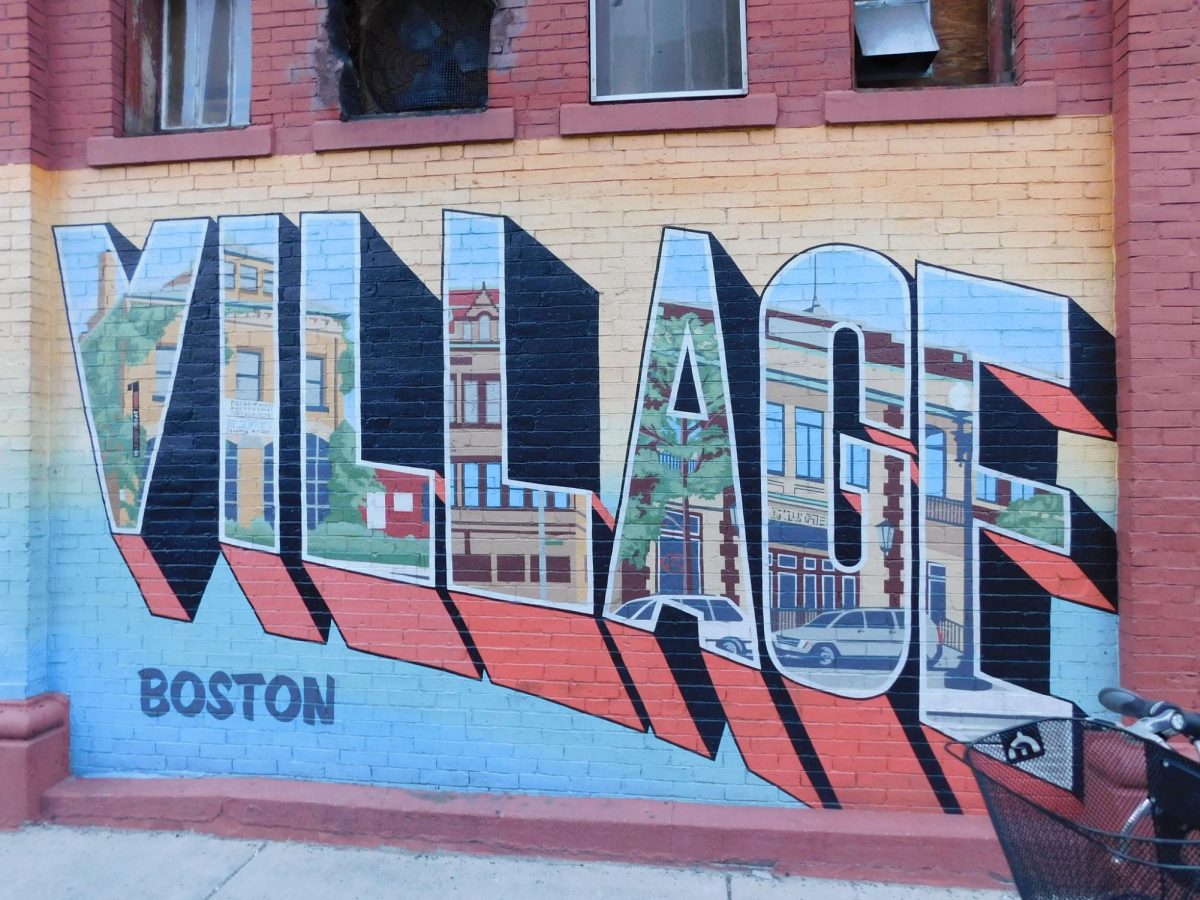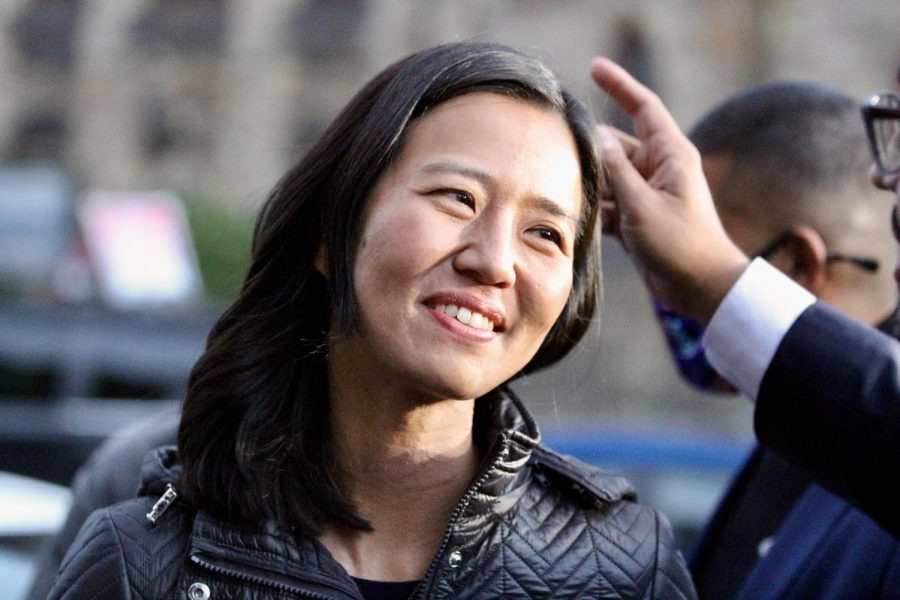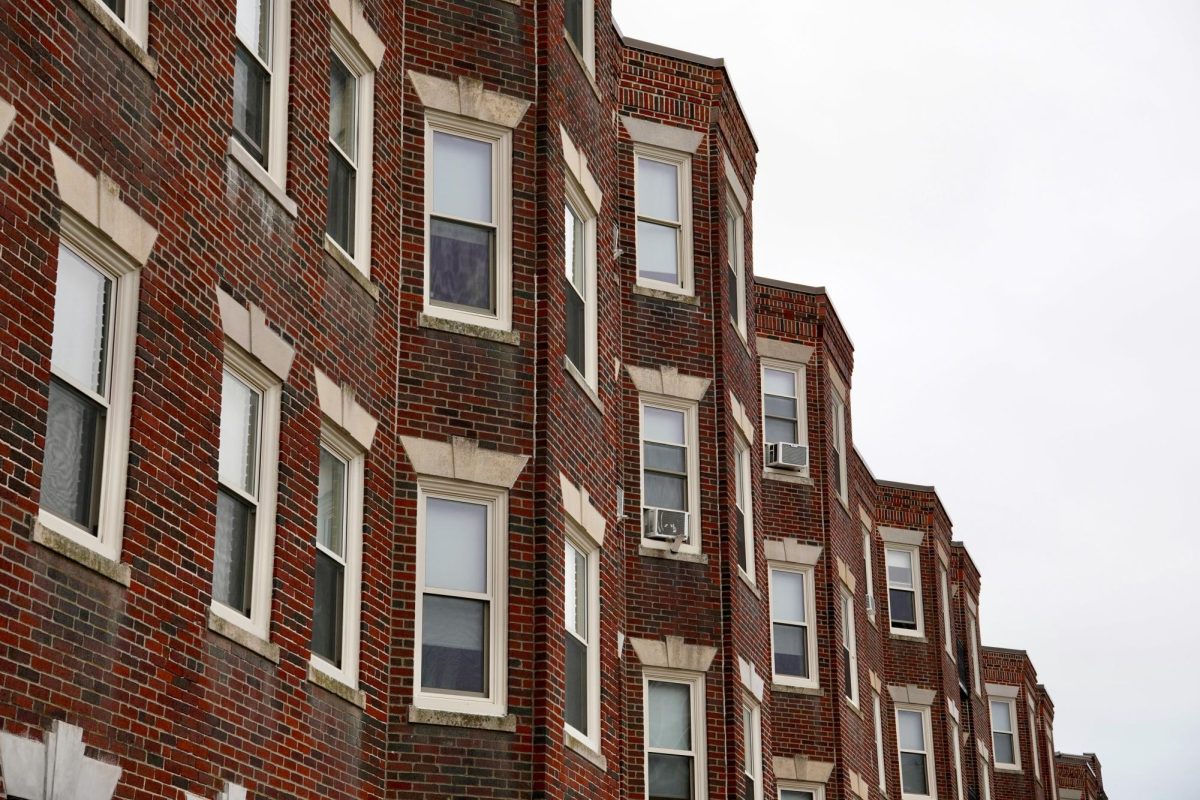Growing up, Isaac Akiba was a well rounded athletic machine. If he had chosen a typical path, he would have likely gone on to play high school football and to graduate with the rest of his peers.
But that never happened.
Instead, at nine years old, Akiba auditioned for the Boston Ballet’s Citydance program with several others in his third-grade class at the now closed Agassiz School in Jamaica Plain. He was one of the few chosen to study ballet for ten weeks at no cost. Suddenly everything changed, and Akiba was on an extraordinary path to becoming a classically trained ballerino, the first and only student in the history of Citydance to join the Boston Ballet Company.
Twenty-one years later, Akiba, dressed as an old man, perches beside the pillars of a pseudo-Galician home as the opening notes of Boston Ballet’s “Coppelia” begin. Buried beneath layers of makeup, he embraces the old man’s every movement. With his acting skills alone, the 30-year-old had the audience fooled. He expresses pure joy in his work through his grinning eyes, particularly in scenes where the old man chases the village hooligans, who sneak into his workshop in hopes of encountering Coppelia, his most prized-toy.
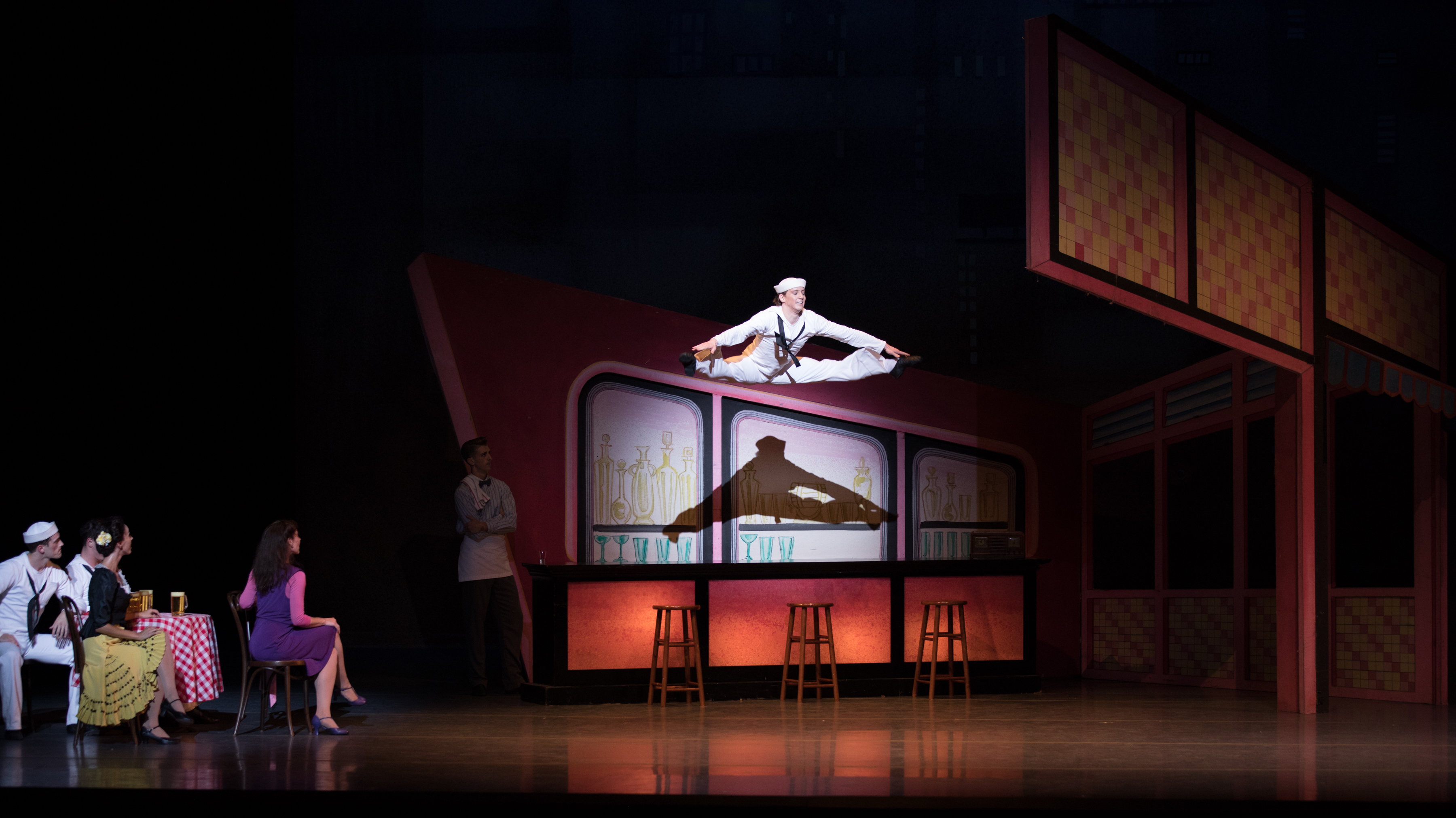
As Akiba puts it, he started as just another “kid from Boston, taking the Orange line to ballet.” His life would have looked fairly average, if it hadn’t been for Citydance and the cost-free program that enabled him to start.
The Genesis
In 1991, Boston Ballet introduced Citydance, an introductory program in which dance instructors go into Boston public schools and audition third graders. Though the program has changed since the start of Akiba’s training, today Citydance provides dance lessons for up to 3,000 children a year, from more than 130 schools.
“They bus third graders in from all different schools around the city, bring them into the ballet studios in the South End once a week for ten weeks, and we took ballet class,” Akiba recalled.
His father, David Akiba, a photography professor at Emerson College, wasn’t familiar with the program before his son joined.
“We didn’t know anything about it, they just showed up at the school. [Isaac] was very athletic, and so they chose him,” he said. “I thought it was great. It was a lovely thing to do.”
Isaac Akiba later received a year-round scholarship to join the first level of the school. “That was the base of it—the genesis,” he said.
David Akiba said he and his son were all in. “He wanted to go, I would take him down there and wait for him,” he said.
Outside of dance circles, ballet is often viewed as a feminine activity, reserved only for girls. But because he began the program directly from school, Akiba said he was fortunate enough to never encounter that misconception.
“I started dance with a lot of my guy friends in the same class as me and we were all doing it together,” he said. “We all went wearing leotards and ballet shoes and tights. There was no shame or embarrassment. It was a really nice way to start.”
Most of Akiba’s male peers did not continue on to dance professionally, though several still dance as a hobby.
“When he was a kid in the Citydance class, there were 12 boys,” his father said. “In three years, a lot of them were gone because of social reasons … because their parents had other ideas about what they should be doing. Some of them wanted them to play high school sports — track and field, baseball — and they were not all that happy with their kids being dancers. For me, it was such a treat to see him dance.”
Since the start of his training, Akiba has performed several leading roles, including the Prince in “The Nutcracker”, which was his father’s favorite performance.
“That sent me through the roof,” David Akiba said.
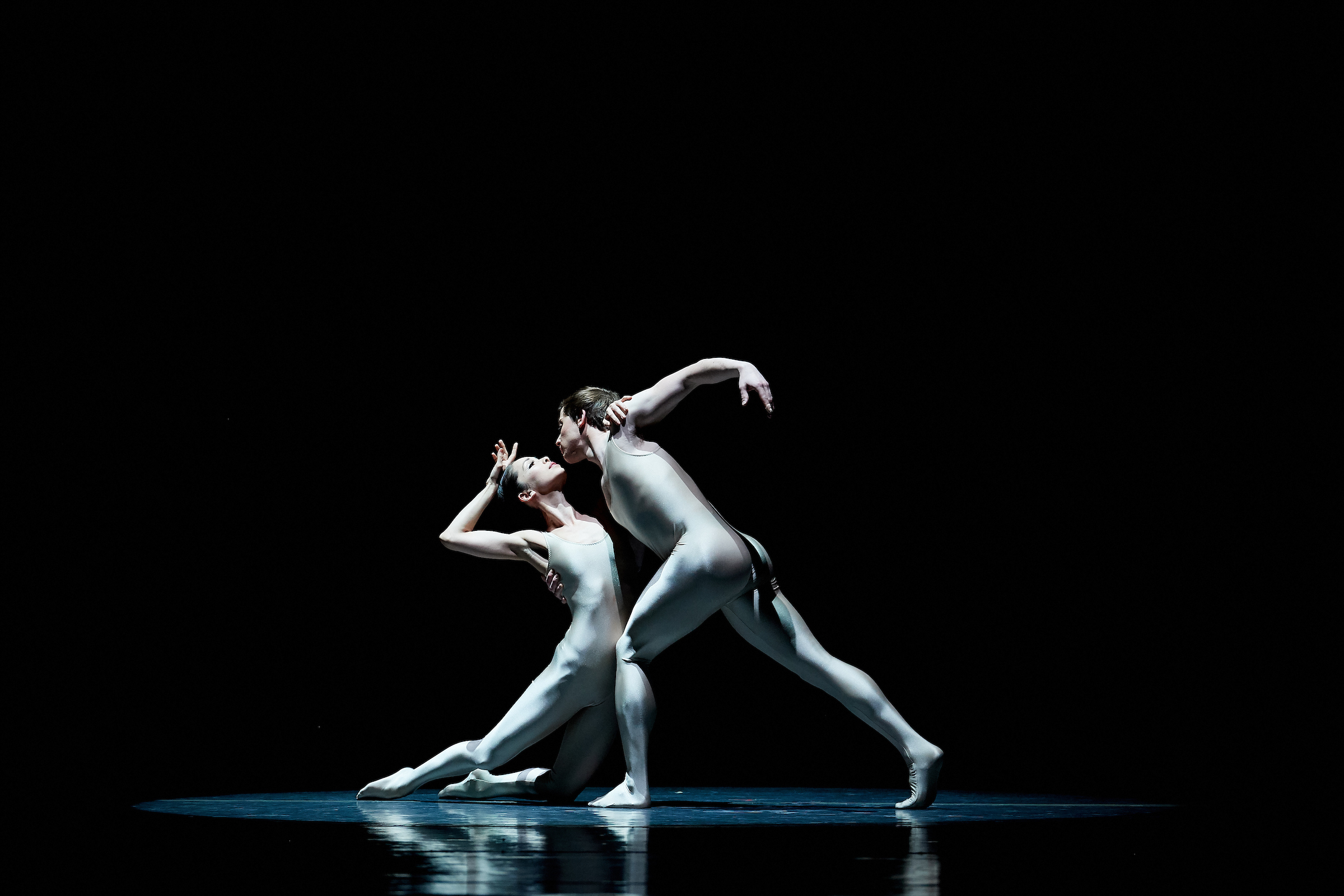
By the time he was 15 years old, Akiba said, he was in a floating haze, unsure of where his passions lay, claiming he had talent but he wasn’t honing it in the right way.
That all changed when he met his best friends Luca, from Italy, and Alejandro, from Miami, who both came to Boston in pursuit of advancing their classical training.
“They had a huge effect on me,” Akiba said. “I think I realized that people are coming from all over the world to do this. They were taking it seriously, much more seriously than I was taking it.”
Akiba had always enjoyed dancing, but these new friendships made him realize the opportunity he had laying at his feet. Akiba, Luca and Alejandro spent hours dancing together in the studio and even more hours watching ballet videos at one of their apartments.
Another person who inspired Akiba was his instructor, Franco De Vita, who guided him through adolescence. De Vita, an Italian ballet teacher, came to Boston just as Akiba was entering his formative teenage years.
“He was really hard on me,” Akiba said. “He almost kicked me out of class every week, ’cause I was kind of lazy. He would scream at me, try to throw chairs at me if I didn’t do stuff right, but that’s sort of a need in this kind of world, training that hard. He taught me everything I know about ballet technique. He really whipped me into shape.”
In his junior year, Akiba decided to drop out of high school. He had been pursuing both dance and academics at the Boston Arts Academy, going to training at the Boston Ballet School in the afternoons. But high school classes began to conflict with training sessions, and high school lacked the flexibility Akiba needed to pursue ballet.
For Akiba’s parents, their son’s decision to abandon school in pursuit of a career in an artistic field was difficult, but they understood and supported him. When asked why he showed such encouragement for his son’s choice, David Akiba responded simply.
“I think parents need to be supportive,” he said.
Akiba improved so quickly within one year that he skipped a level of training. At 18, his director offered him a spot in Boston Ballet II, an apprenticeship program that leads to joining the company.
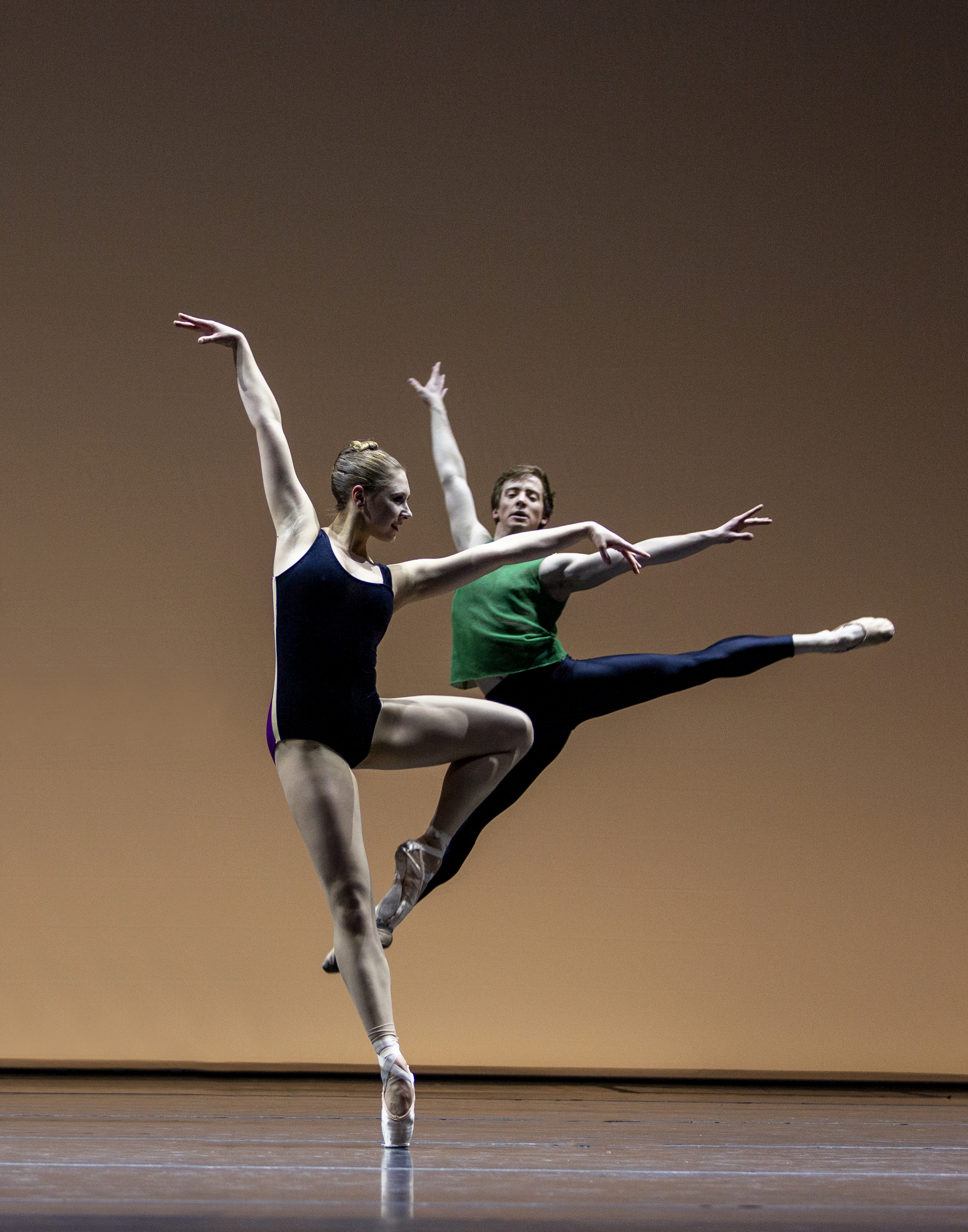
Living the dream
Now, in his tenth year in the Boston Ballet’s main Company, Akiba works six days a week. Though training schedules differ depending on the current project or rehearsal progress, a typical schedule includes an average of four hours of dancing a day. On hours off, he can likely be found in the physical therapy room.
“The challenge,” Akiba claimed, “[is] going in there and pushing yourself to the extreme. If you can do that, if you can get to the place you want to be, and perform well, it can be extremely satisfying.”
Akiba has danced the Cavalier in “The Nutcracker,” the Pas De Trois in “Swanlake” and recently a navy sailor in the Boston Symphony Orchestra’s live ballet-edition performance of “On The Town.” With every performance he executes, his passion for dance only grows stronger.
“There’s a big adrenaline rush, that’s for sure,” Akiba said. “When you go on stage, as a dancer, you can’t help really being yourself. Your personality, who you are really deep down comes out, and nobody can stop that. You feel kind of naked, I would say. You feel vulnerable, but not the vulnerable where you’re scared.”
In recent years, Akiba performed in William Forsythe’s “Full On Forsythe,” a production that includes several combinations choreographed to popular pop and R&B songs, all personally directed by Forsythe himself. Working with such a renowned choreographer left a huge impact on Akiba.
“Physically it was so tough, the athleticism of these pieces, but I felt like I could use my instrument and in a way I just felt like I was dancing,” he said. “I was free.”



